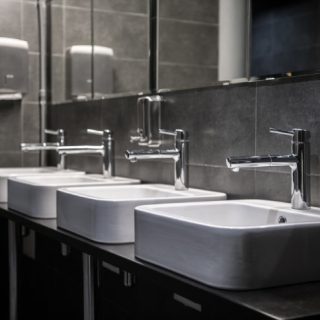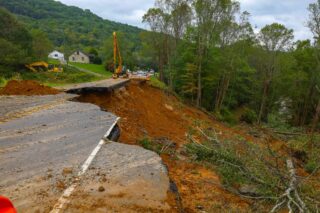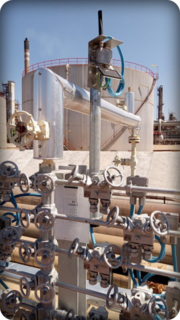Prevent Black Mould Infestation in Smart Buildings:
Using LoRaWAN® Temperature and Humidity Sensors
Background and Challenge
Multi-tenant social housing buildings are far from safe when it comes to avoiding the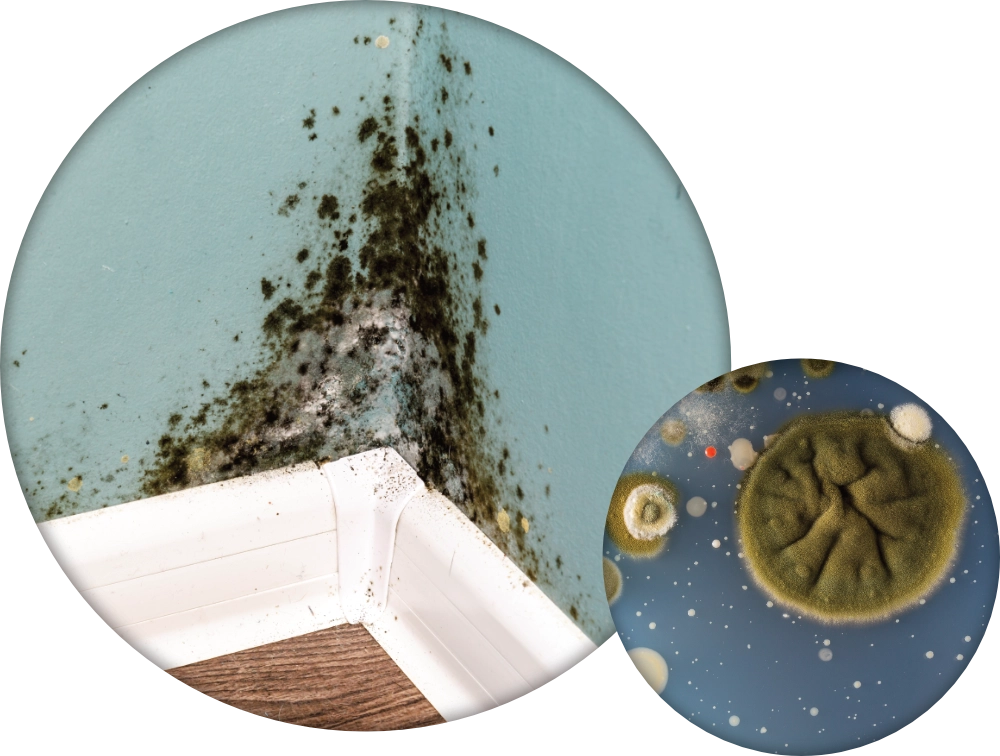 negative impacts of airborne pathogens. In fact, homes can become breeding grounds for mould growth proven to cause grave illnesses in both children and adults. For large apartments housing thousands of occupants, these challenges are exacerbated by the fact that monitoring the inside of apartments is an enormous task – both costly and cumbersome for its owners. Black mould, scientifically known as Stachybotrys chartarum, poses a severe threat to both property and health. This toxic fungus thrives in damp, humid environments and can cause structural damage while triggering various health issues in individuals exposed to it. Combatting black mould necessitates proactive measures, and the integration of temperature and humidity sensors stands as a critical strategy in preventing and mitigating its devastating effects.
negative impacts of airborne pathogens. In fact, homes can become breeding grounds for mould growth proven to cause grave illnesses in both children and adults. For large apartments housing thousands of occupants, these challenges are exacerbated by the fact that monitoring the inside of apartments is an enormous task – both costly and cumbersome for its owners. Black mould, scientifically known as Stachybotrys chartarum, poses a severe threat to both property and health. This toxic fungus thrives in damp, humid environments and can cause structural damage while triggering various health issues in individuals exposed to it. Combatting black mould necessitates proactive measures, and the integration of temperature and humidity sensors stands as a critical strategy in preventing and mitigating its devastating effects.
Understanding Black Mould: Causes and Impact
Black mould growth is typically catalyzed by excess moisture and inadequate ventilation. It colonizes on porous surfaces, such as drywall, wood, and fabric, proliferating rapidly in environments with elevated humidity levels (above 60%) and temperatures ranging between 77°F to 86°F (25°C to 30°C). Once established, it releases mycotoxins that pose health hazards, including respiratory issues, allergic reactions, and even neurological symptoms upon prolonged exposure. Exposure time is a key third element to observe to mitigate damages and prevent mould proliferation.
Mould is a serious health issue in both commercial facilities and well as multifamily dwellings. Mould in rental/social housing is a widespread problem and is costly. In the EU, some estimates note that almost every 10th household is acutely affected by mould. For house and apartment owners, the question of how mould can be permanently removed arises, meaning expensive renovation measures. A slow leak can be more damaging than a pipe burst as it allows damage to grow quickly behind walls and in flooring allowing mould to flourish and wood to rot.

The Role of Temperature and Humidity Sensors
Early Detection and Monitoring: Temperature and humidity sensors serve as frontline guardians by continuously monitoring environmental conditions. They provide real-time data, enabling swift detection of fluctuations that could foster mould growth. By promptly identifying areas prone to excess moisture or inadequate ventilation, these sensors empower preemptive action.
• Preventive Maintenance: Integrating sensors within HVAC systems or specific areas prone to moisture build-up aids in regulating indoor climates. By ensuring optimal temperature and humidity levels, these sensors play a pivotal role in preventing the conditions conducive to black mould formation.
• Data-Driven Decision Making: Sensors generate comprehensive data logs, offering insights into historical trends and patterns. Analyzing this data helps in devising targeted strategies for maintaining ideal environmental conditions, minimizing the risk of black mould infestation.
• Cost-Effective Solutions: Early detection facilitated by sensors allows for timely interventions, mitigating potential damage. This proactive approach saves substantial costs that would otherwise be incurred in extensive mould remediation and structural repairs.
Benefits of Early Mould Detection
Discovering potential mould issues in your living space at an early stage can save you from expensive repairs and ensure the well-being of your loved ones. Here are some of the benefits of early mould detection you should take into account:
• Cost Savings: Catching mould growth early on allows you to address the issue with relatively simple and cost-effective measures. Promptly dealing with small mould problems can prevent them from spreading and causing extensive damage that would require expensive repairs or reconstruction later on.
• Preservation of Property: By addressing mould issues at an early stage, you can protect your home’s structural integrity. Mould weakens building materials, leading to decay and potential collapse if left unchecked. Preventing such damage ensures
the longevity of your property.
• Health Protection: Mould spores can cause various health problems, primarily for individuals with allergies or respiratory issues. Early detection and removal of mould colonies prevent the release of spores into the air, reducing the risk of allergic reactions, respiratory symptoms, and other health concerns.
• Improved Indoor Air Quality: Mould growth can significantly compromise indoor air quality, leading to musty odors and potential health hazards. Early detection and remediation help maintain a clean and healthy indoor environment, promoting better overall well-being.
• Easier Remediation: Addressing mould growth in its early stages usually requires less invasive and disruptive remediation methods. That means less inconvenience for occupants during the cleanup process.
• Enhanced Property Value: Regular inspections and early mould detection help maintain your property’s value. A mould-free home with a healthy indoor environment appeals more to potential buyers and renters.
Overall, the benefits of early mould inspection and testing extend far beyond financial savings, encompassing property preservation, health protection, and peace of mind for homeowners and occupants alike. Regular inspections and proactive measures are essential for maintaining a mould-free and safe living space.
Conclusion
The menace of black mould demands a proactive approach to prevent its proliferation and mitigate its damaging effects. Temperature and humidity sensors serve as indispensable tools in this battle, providing continuous monitoring, early detection, and data-driven strategies for maintaining optimal environmental conditions. By leveraging these sensors effectively, property owners and occupants can safeguard against the perils posed by black mould, fostering healthier and structurally sound living and working environments.
Mitigate Expensive Inspection and Remediation Costs
The goal of heat, water, and humidity sensor tracking is to prevent expensive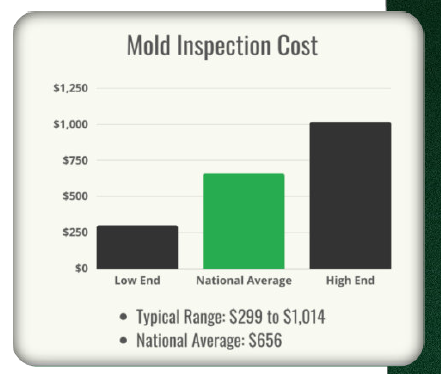 inspection, remediation, legal, and negative publicity costs by providing proactive, actionable data.
inspection, remediation, legal, and negative publicity costs by providing proactive, actionable data.
For example:
• Inspection Cost: $1,000
• Mould Remediation Cost: $15,000
• Litigation Costs: Significant
• Negative Publicity: Significant
Wireless Solution Components
Wireless Probeless Temperature and Temperature + Humidity Sensor
LoRaWAN® | RBS3010EU19BN00 | RBS3010EU0EBN00 These EU/UK sensors measures the temperature of the air surrounding the sensor without any external probes such as a thermocouple or thermistor.
Wireless Leak Detection Sensors
Wireless Water Rope Sensor in 1M and 10M lengths
LoRaWAN | RBS301-WR1M-US | RBS3010EU0ABN08
The water rope sensor uses a water rope to detect the presence of water or other liquids. When the presence of water or another liquid is detected, an alert is sent to the wireless network.
Wireless Water Leak Sensor
LoRaWAN | RBS301-WAT-US | RBS3010EU0ABN00
The water leak sensor uses a water/liquid sensor probe to detect the presence of water or other liquids. When the presence of water or another liquid is detected, an alert is sent to the wireless network.
MultiTech Conduit® AP 300 Series
Indoor LoRaWAN 8 Channel Gateway providing superior in-building wireless penetration with optional cellular 4G LTE Backhaul. Seamlessly connect thousands of sensors wirelessly within smart buildings to meet the demands of Retail Operations, Quick Serve Restaurants, C-Stores, Grocery, Expo, Higher Education, and Commercial Real Estate
